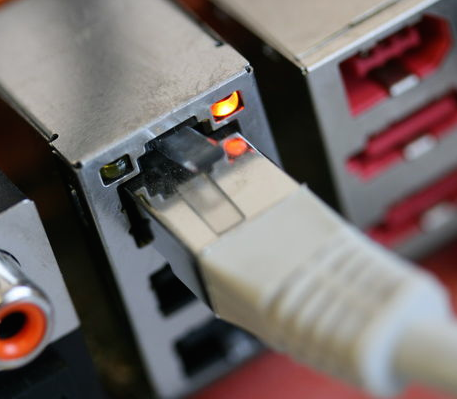
SD-WAN has finally arrived. We’re not longer talking about it in terms of whether or not it is a thing that’s going to happen, but a thing that will happen provided the budgets are right. But while the concept of SD-WAN is certain, one must start to wonder about what’s going to happen to the providers of SD-WAN services.
Any Which Way You Can
I’ve written a lot about SDN and SD-WAN. SD-WAN is the best example of how SDN should be marketed to people. Instead of talking about features like APIs, orchestration, and programmability, you need to focus on the right hook. Do you see a food processor by talking about how many attachments it has? Or do you sell a Swiss Army knife by talking about all the crazy screwdrivers it holds? Or do you simply boil it down to “This thing makes your life easier”?
The most successful companies have made the “easier” pitch the way forward. Throwing a kitchen sink at people doesn’t make them buy a whole kitchen. But showing them how easy and automated you can make installation and management will sell boxes by the truckload. You have to appeal the opposite nature that SD-WAN was created to solve. WANs are hard, SD-WANs make them easy.
But that only works if your SD-WAN solution is easy in the first place. The biggest, most obvious target is Cisco IWAN. I will be the first to argue that the reason that Cisco hasn’t captured the SD-WAN market is because IWAN isn’t SD-WAN. It’s a series of existing technologies that were brought together to try and make and SD-WAN competitor. IWAN has all the technical credibility of a laboratory full of parts of amazing machines. What it lacks is any kind of ability to tie all that together easily.
IWAN is a moving target. Which platform should I use? Do I need this software to make it run correctly? How do I do zero-touch deployments? Or traffic control? How do I plug a 4G/LTE modem into the router? The answers to each of these questions involves typing commands or buying additional software features. That’s not the way to attack the complexity of WANs. In fact, it feeds into that complexity even more.
Cisco needs to look at a true SD-WAN technology. That likely means acquisition. Sure, it’s going to be a huge pain to integrate an acquisition with other components like APIC-EM, but given the lead that other competitors have right now, it’s time for Cisco to come up with a solution that knocks the socks off their longtime customers. Or face the very real possibility of not having longtime customers any longer.
Every Which Way But Loose
The first-generation providers of SD-WAN bounced onto the scene to pick up the pieces from IWAN. Names like Viptela, VeloCloud, CloudGenix, Versa Networks, and more. But, aside from all managing to build roughly the same platform with very similar features, they’ve hit a might big wall. They need to start making money in order for these gambles to pay off. Some have customers. Others are managing the migration into other services, like catering their offerings toward service providers. Still others are ripe acquisition targets for companies that lack an SD-WAN strategy, like HPE or Dell. I expect to see some fallout from the first generation providers consolidating this year.
The second generation providers, like Riverbed and Silver Peak, all have something in common. They are building on a business they’ve already proven. It’s no coincidence that both Riverbed and Silver Peak are the most well-known names in WAN optimization. How well known? Even major Cisco partners will argue that they sell these two “best of breed” offerings over Cisco’s own WAAS solution. Riverbed and Silver Peak have a definite advantage because they have a lot of existing customers that rely on WAN optimization. That market alone is going to net them a significant number of customers over the next few years. They can easily sell SD-WAN as the perfect addition to make WAN optimization even easier.
The third category of SD-WAN providers is the late comers. I still can’t believe it, but I’ve been reading about providers that aren’t traditional companies trying to get into the space. Talk about being the ninth horse in an eight horse race. Honestly, at this point you’re better off plowing your investment money into something else, like Internet of Things or Virtual Reality. There’s precious little room among the existing first generation providers and the second generation stalwarts. At best, all you can hope for is a quick exit. At worst, your “novel” technology will be snapped up for pennies after you’re bankrupt and liquidating everything but the standing desks.
Tom’s Take
Why am I excited about the arrival of SD-WAN? Because now I can finally stop talking about it! In all seriousness, when the boardroom starts talking about things that means it’s past the point of being a hobby project and now has become a real debate. SD-WAN is going to change one of the most irritating aspects of networking technology for us. I can remember trying to study for my CCNP and cramming all the DSL and T1 knowledge a person could fit into a brain in my head. Now, it’s all point-and-click and done. IPSec VPNs, traffic analytics, and application identification are so easy it’s scary. That’s the power of SD-WAN to me. Easy to use and easy to extend. I think that the landscape of providers of SD-WAN technologies is going to look vastly different by the end of 2017. But SD-WAN is going to be here for the long haul.






